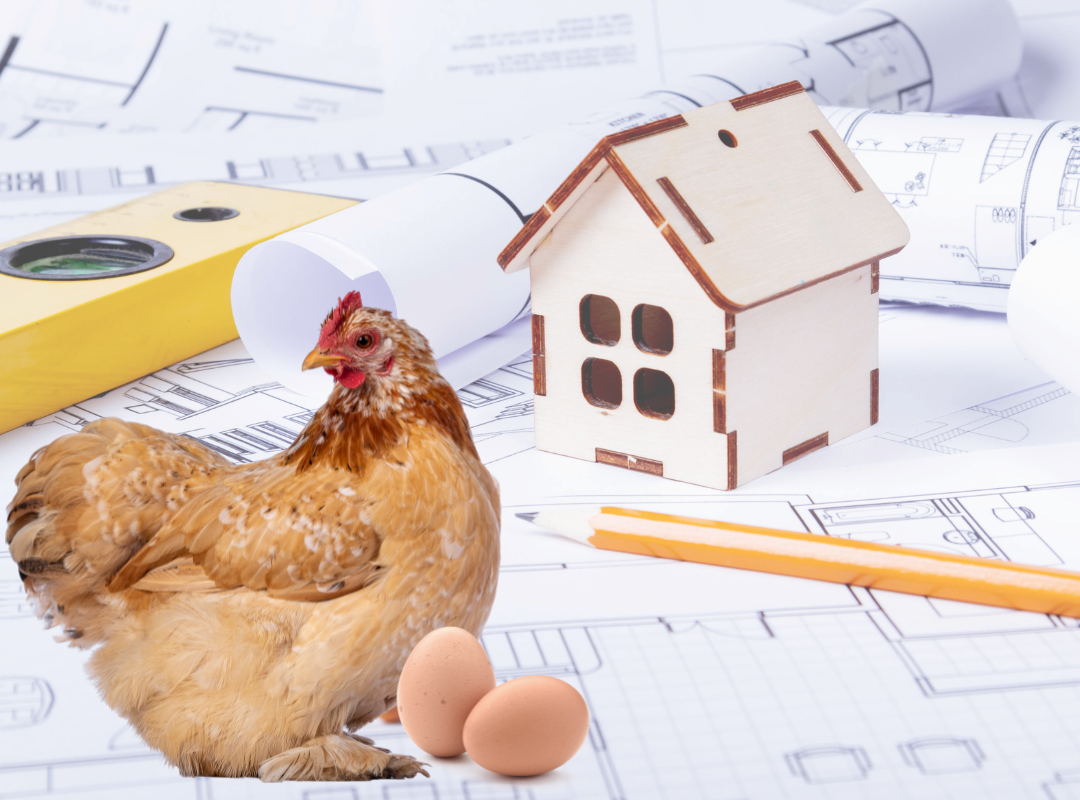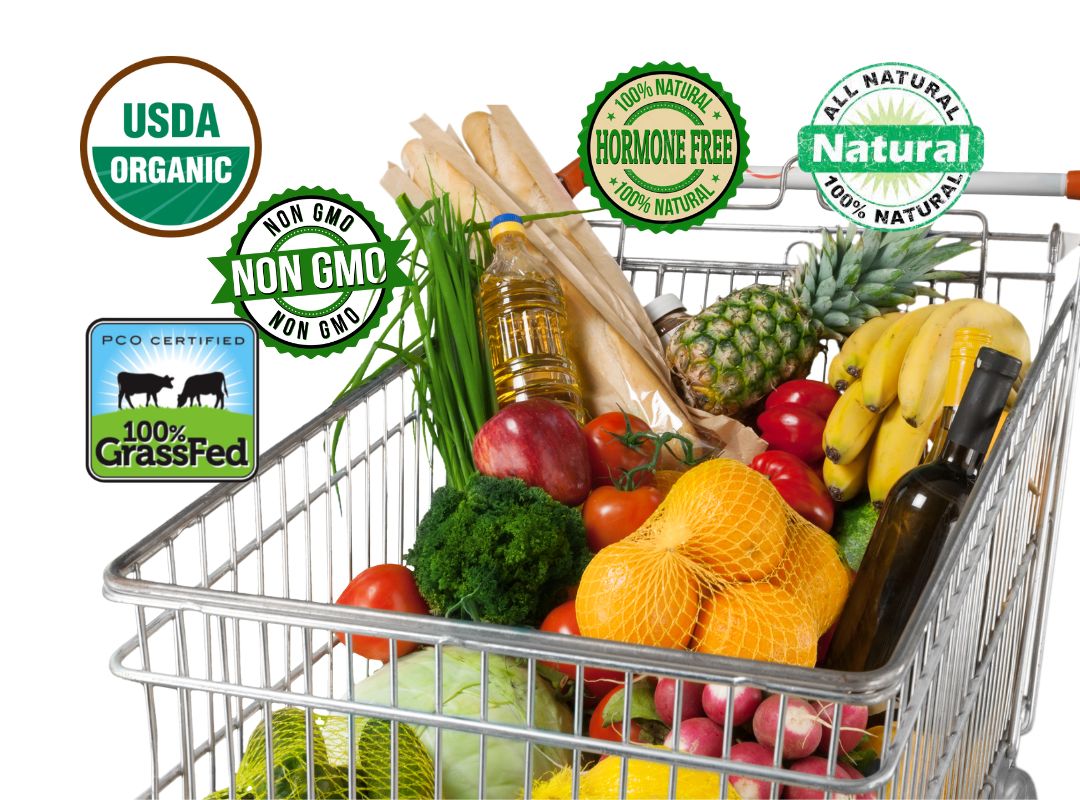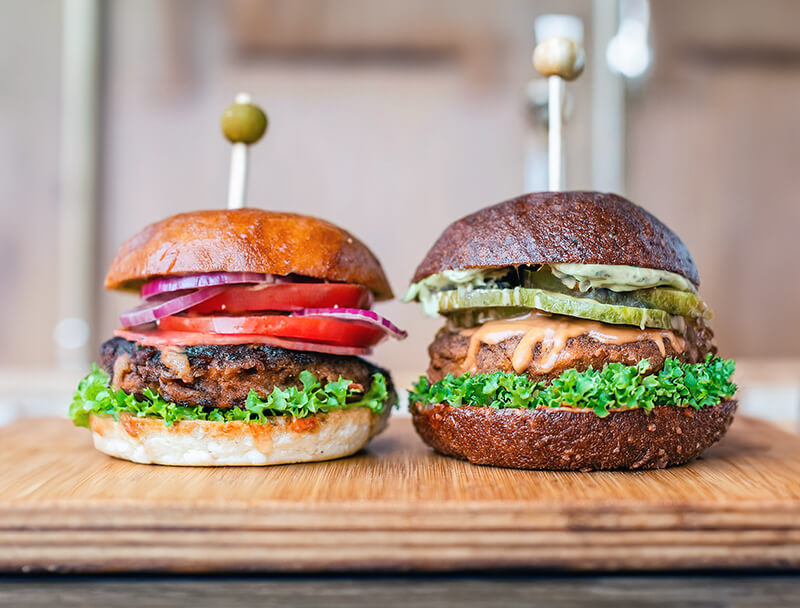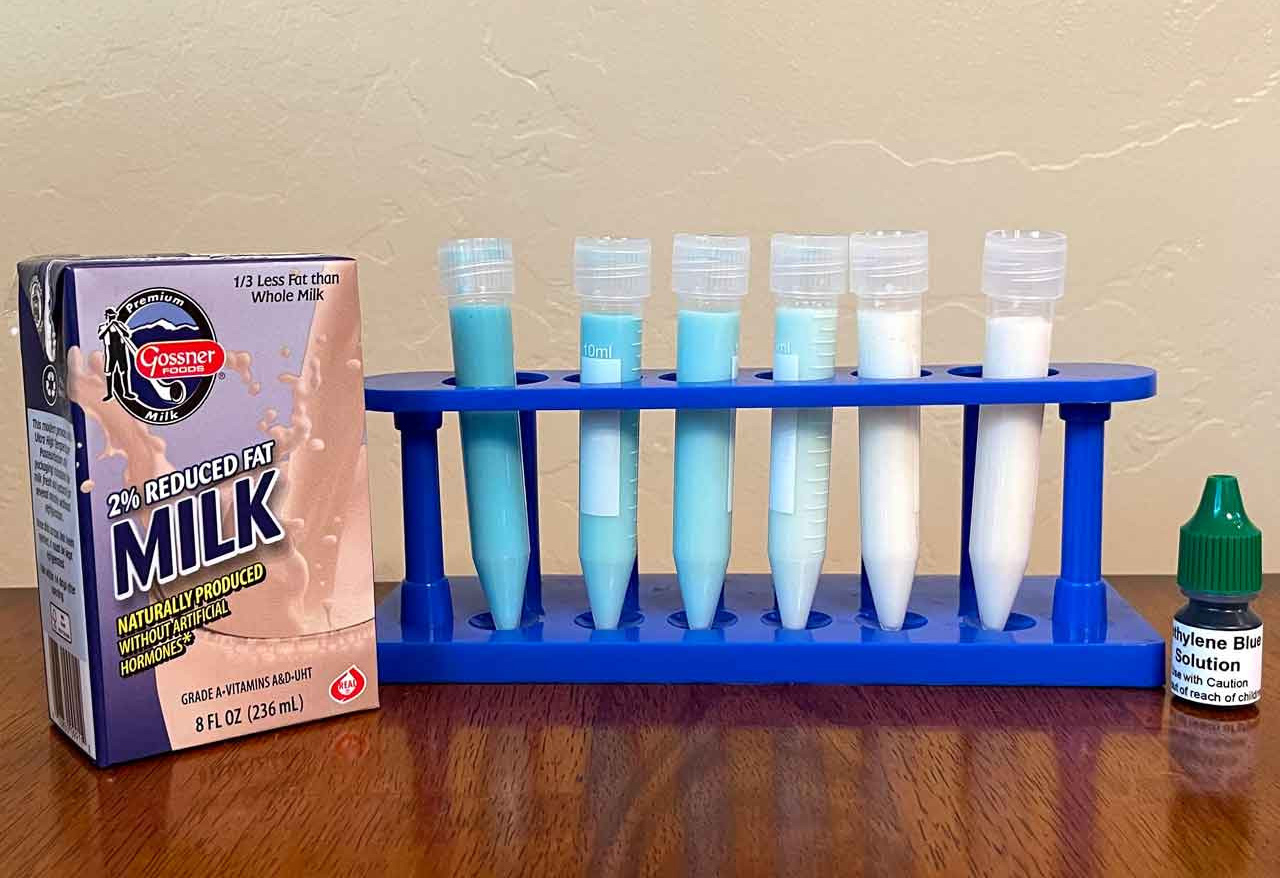
Hen House Engineering (Grades 9-12)
Students use the Claim, Evidence, and Reasoning model to evaluate styles of housing used for hens that lay eggs. Using critical thinking and scientific investigation skills, students will compare housing styles, determine which system meets their animal welfare standards, and engineer their own hen house model to meet the needs of laying hens. This lesson covers a socioscientific issue and aims to provide students with tools to evaluate science within the context of social and economic points of view.


